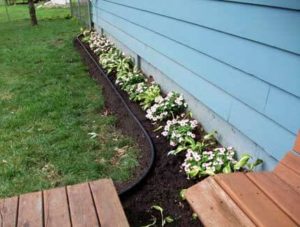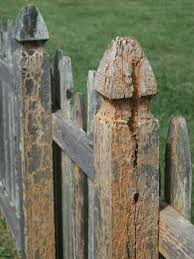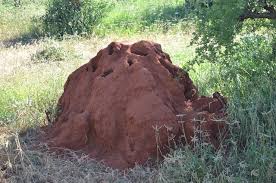Pests in the Garden
If you have a home with a nice front or back yard with plants, fruits and vegetables growing, you’ll know there are pests that come for them.
But I want to talk about a different kind of pest to the ones that eat away at your cabbages. I’m talking about termites.
Termites, as we know, feed on wood. More specifically they feed on cellulose, the main ingredient in timber and also various other forms of plant life, which means that some of your garden may be in danger as well. However, a nice piece of wood will always be a termite’s first supper choice.
It is not uncommon to find termites foraging around in the garden, particularly if you have mulch anywhere present. Mulch can be an ideal place for termites to gather food as it’s like a meal that has been cut up for them. They may even set up camp there too, as it is more often than not very damp and warm underneath the mulch; prime conditions for termites to flourish.
If you have mulch that is packed up against an outer wall of your house, this is very risky. This makes it all the more easy for termites to enter your home and start causing damage to vital parts of the structure of your house. It’s like an extra layer they can use to hide under and also attack from.
If you think that it won’t be a problem for you because your walls are made of bricks, keep in mind – termites can and will travel over these surfaces using mud tunnels, or make their way through the smallest of cracks. If you have mulch that is up against your house, at least make sure it does not cover any weep holes or ventilation on the external walls or slab foundation, as this makes the house even more accessible for termites.
Garden bed with mulch against a wood wall is heaven for termites
Other spots you should look out for are fences or posts in the ground. Again, every time you push a wood picket fence into the ground, it’s just another snack for the termites. Whenever a piece of timber is put into the ground, two things will happen. The timber will absorb moisture from the soil and get wet, and it will release carbon dioxide. This then will attract nearby termites to the spot where they may gather food. This will often become visible after a short time when termites make their way up the posts to take advantage of the free meal.
Termite damage all over wooden fence
If your back or front yard has a lots of trees or some very big trees, this can be a comfortable location for termites to set up a colony. If termites establish themselves within the roots of a tree, they will not consume it, as it is their home and they need it structurally sound to protect the inhabitants. After creating a home, they will then continue onto other trees in the area and feed off those.
Not all species of termites will create a nest in the roots of a tree, some species will travel upward and build a nest above ground. All the more reason not to chew it so it falls down! This also helps to protect themselves from natural predators who lurk on the ground.
A termite nest above ground
Looking around the garden and other outside areas for termite activity is always a good way to determine whether you have an infestation or can expect one. Termites have been known to forage for food up to 50 metres from their nest, and sometimes more depending on the species. This means that if you are experiencing an infestation, or have growing paranoia that one is on the way, take a good look at your surroundings.
A pest inspector will do all this. They will take a look at what’s across the road, if there is a park with eaten trees or if your neighbour’s backyard is riddled with timber just perfect for termites.
Your surroundings are very important. After all, they have to come from somewhere don’t they?








